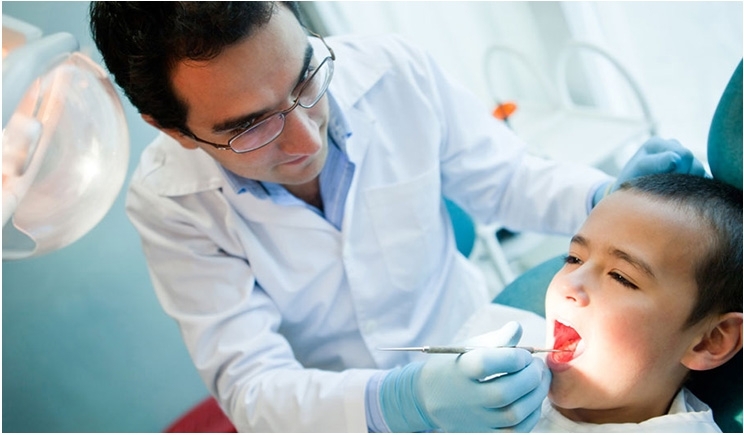
After reading the article “FQHCs Churn Patients in a Big Scam” published on October 16, 2019, I feel it is appropriate to react to several statements that were made. Clearly, Dr. Davis has a great deal of experience in dealing with dental care issues. As an expert witness, he has, no doubt, been exposed to lots of questionable practices in dentistry.
However, to imply that unethical practice operations are widespread in Federally Qualified Health Center (FQHC) dental centers does a huge disservice to the many (and majority of) FQHC dental centers that appropriately provide much needed professional dental services every day to the underserved throughout America.
From what I have witnessed as both the chief medical officer and now the senior medical advisor for the Ohio Association of Community Health Centers, representing and working closely with Ohio’s FQHCs, our dental centers operate and bill in an appropriate manner, which, contrary to Dr. Davis’ conclusions, often means operating in the red. This is attributed to the complexity of the patient population, high no-show rates, and high uninsured patient volume.
In recognition of the critical role health centers play and the value they deliver for Medicaid patients and the entire healthcare system, Congress enacted a specific payment methodology known as the FQHC Prospective Payment System (PPS). The FQHC PPS is different from traditional fee for service, as it is a comprehensive, bundled per-visit payment.
This payment methodology is central to the successful relationship between FQHCs and Medicaid as, unlike other providers, health centers cannot and do not restrict how many Medicaid patients they care for if payment is too low. Therefore, adequate Medicaid payments are essential to health centers’ ability to continue providing comprehensive, high-quality care for all their patients, regardless of their insurance status or ability to pay. Additionally, the FQHC PPS ensures federal grant dollars are used as Congress intended—to care for patients without health insurance rather than subsidizing care for Medicaid patients.
By the way, that Medicaid patient encounter amount in Ohio is closer to $140 per encounter than the $180 to $425 range quoted in the article. In total, our dental centers often struggle to maintain a level of sufficient revenue to keep the service intact for the underserved population they serve.
While FQHCs may be paid more than private practices would for a relatively uncomplicated Medicaid patient dental encounter, this same level of payment is also received for the complex patient needing intensive intervention—the type of patient we commonly encounter in the FQHC practice who has had limited, if any, access to oral health care in the past.
Oftentimes, in private practice, providers can offset low Medicaid reimbursement among its mix of commercially insured patients. However, for FQHCs, their biggest patient populations are Medicaid and the underinsured and uninsured.
Furthermore, to imply that unethical and fraudulent behavior is widespread in FQHC dental centers unfairly condemns the whole based on the actions of a few—a malicious and damaging proclamation from someone in a high enough position of leadership to know the importance of separating statements of opinion based on personal experiences from factual information based on reported data.
I am hopeful that we together can find more appropriate ways to address the flaws in our current healthcare delivery system, identifying and correcting the weaknesses in the system without harming the many who are performing responsibly and, as such, providing access to critical and much needed care!
Dr. Wymyslo is the senior medical advisor for the Ohio Association of Community Health Centers. He also is the former Director of the Ohio Department of Health. He has been involved statewide and nationally in the integration of public health and primary care as a method to effectively improve population health. For more than 30 years, he has worked as a practicing family physician, educator, practice organizer, and healthcare leader. The American Medical Association, Ohio State Medical Association, American Academy of Family Physicians, and Ohio Academy of Family Physicians have recognized him for his service to healthcare and the community. He can be reached at twymyslo@ohiochc.org.
Related Articles
Report Recommends Policy Changes to Improve the Oral Health Workforce
UCLA Outlines Strategies for Closing the Oral Healthcare Gap
Washington State Moves to MCOs for Dental Medicaid Administration











